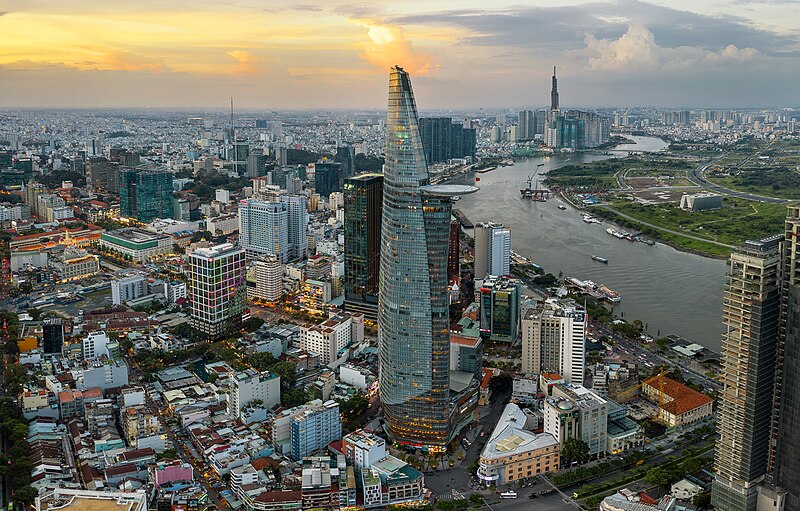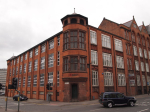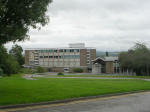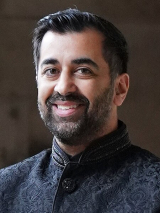
Truong My Lan faced the most remarkable trial in Vietnam's history, commensurate with one of the world's most significant bank frauds. Within the imposing yellow facade of the colonial-era
courthouse in Ho Chi Minh City, a 67-year-old Vietnamese real estate developer received a death sentence on Thursday for embezzling funds from one of the nation's largest banks over an 11-year period.
This verdict is rare, as she joins a small number of women in Vietnam sentenced to death for white-collar crimes. The severity of the sentence mirrors the staggering scale of the fraud. Truong My Lan was found guilty of acquiring $44 billion in loans from Saigon Commercial Bank. The verdict mandates her to repay $27 billion, an amount prosecutors doubt will ever be fully recovered. Some speculate that the death penalty serves as leverage to coerce her into revealing the whereabouts of the missing billions.
In an unusual move, typically secretive communist authorities provided detailed information to the media about the case. They reported that 2,700 individuals were summoned to testify, with 10 state prosecutors and around 200 lawyers involved in the proceedings.
The evidence, weighing a total of six tonnes spread across 104 boxes, was substantial. Eighty-five defendants, including Truong My Lan, stood trial, with her denying all charges.
David Brown, a retired US State Department official with extensive experience in Vietnam, remarked, "There has never been a show trial like this, I think, in the communist era. There has certainly been nothing on this scale."
This trial marks the apex of the "Blazing Furnaces" anti-corruption campaign led by Communist Party Secretary-General Nguyen Phu Trong. Fearing the destabilizing effects of rampant corruption, Trong initiated the campaign in 2016, outmaneuvering the pro-business prime minister to retain his position.
The crackdown has seen the resignations of two presidents and two deputy prime ministers, along with the disciplining or imprisonment of hundreds of officials. Truong My Lan, once among the country's wealthiest individuals, now joins the ranks of the disgraced.
Truong My Lan hails from a Sino-Vietnamese family in Ho Chi Minh City, formerly known as Saigon, the commercial hub of Vietnam. Initially starting as a market stall vendor, she ventured into real estate following the economic reforms of 1986. By the 1990s, she amassed a significant portfolio of hotels and restaurants.
Despite Vietnam's manufacturing prowess, the country's elite primarily amassed wealth through property development and speculation. Land ownership is officially state-controlled, often necessitating personal connections with state officials. Corruption proliferated alongside economic growth, becoming deeply entrenched.
By 2011, Truong My Lan wielded significant influence in Ho Chi Minh City, orchestrating the merger of three struggling banks to form Saigon Commercial Bank. Although Vietnamese law prohibits individuals from owning more than 5% of any bank's shares, prosecutors alleged that through a network of shell companies and proxies, Truong My Lan effectively controlled over 90% of the bank.
She allegedly exploited this control to approve hundreds of loans to her affiliated shell companies, accounting for 93% of the bank's lending. Prosecutors further accused her of bribing officials to avoid scrutiny, highlighting systemic corruption within Vietnam's banking sector.
The public spectacle surrounding the trial underscored widespread anger over corruption, contrasting Truong My Lan's disheveled courtroom appearance with past glamorous depictions. However, questions linger regarding how she operated with impunity for so long.
Le Hong Hiep, from the Vietnam Studies Programme at the ISEAS - Yusof Ishak Institute in Singapore, remarked on the widespread knowledge of her activities within the market. He suggested governmental oversight may have been hampered by the prevalence of similar cases.
David Brown speculated that Truong My Lan enjoyed protection from influential figures entrenched in Ho Chi Minh City's business and political spheres. He viewed the trial as a broader attempt by the Communist Party to reassert control over the region's business landscape.
Despite these efforts, the party faces a dilemma. While striving for economic growth and technological advancement, it must navigate entrenched corruption and maintain political control. Truong My Lan's case epitomizes the challenges and contradictions inherent in Vietnam's pursuit of progress amidst systemic corruption and political consolidation. Photo by Lê Minh Phát, Wikimedia commons.







































